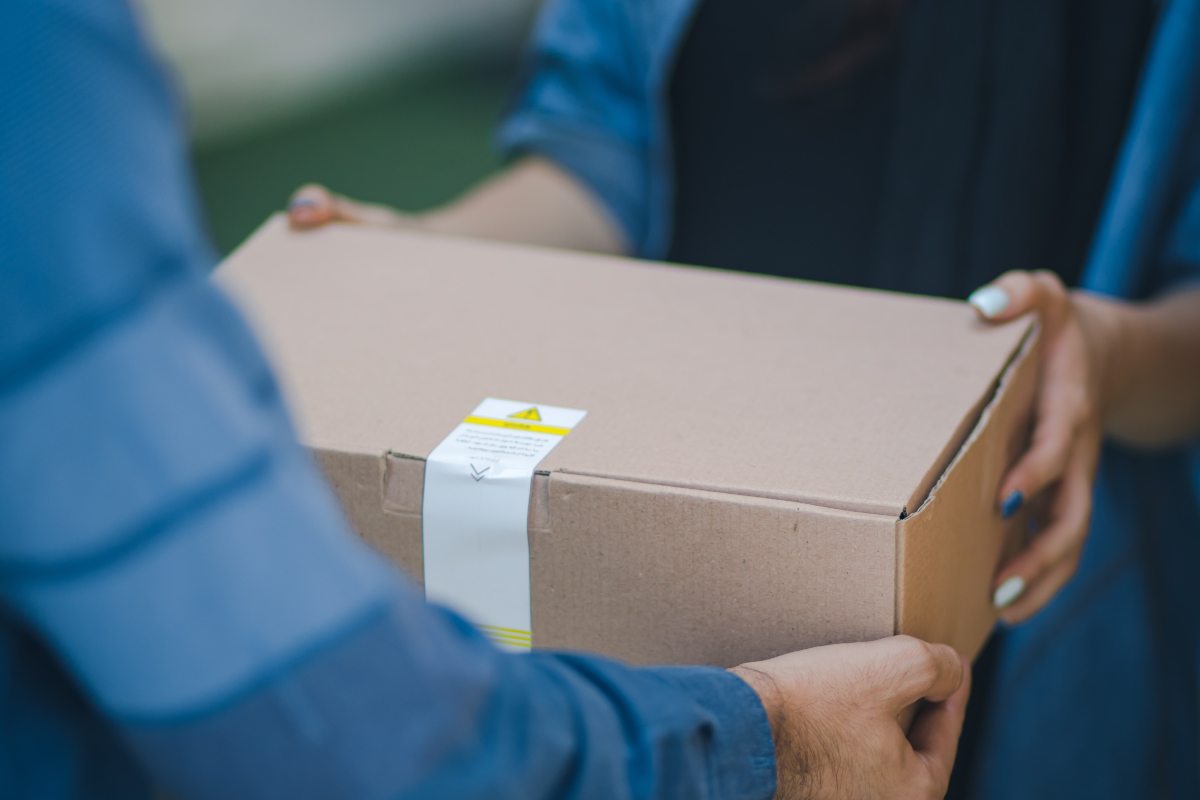
In addition to the obvious health impact, the pandemic strongly affected the business environment, especially those companies that were used to face-to-face operations. And given the leading role that electronic commerce has taken, knowing how to optimize logistics in eCommerce is essential to improve the customer experience.
Such has been the importance of electronic commerce for the country that, between January and July of this year, eCommerce has grown by 103% in Chile, compared to the same period in 2019.
But just selling is not enough: the great challenge is good logistics management for eCommerce, an aspect that can consolidate a company in the market, or lose customers due to delays or lack of tools to track shipments.
Keys to solve logistics for eCommerce
Especially in a context like the current one, and just before Christmas -one of the most important dates for commerce-, retailers and stores must consider the following characteristics of e-commerce logistics:
Maximize delivery speed
To optimize logistics in e-commerce, it is essential to know how long -on average- it takes to make deliveries from when the customer made the purchase until they receive the product in question. Here it is necessary to consider important factors such as the distance, the number of available mobiles or the generation of intelligent routes, necessary to avoid traffic jams or find the shortest path between two points.
Always keep in mind that a user who receives their products on time will be happy with your services and may feel like buying again, knowing that you will give a quick and appropriate response to their demands.
Offer detailed information
To improve logistics in electronic commerce, it is necessary to have a tracking system in a Web environment that facilitates optimal management of shipments, allowing customers to track their products.
That consumers can be clear about the status of their orders is essential to build a relationship of trust that, among other things, translates into a strengthening of retention strategies. In fact, customers today do not base their loyalty on factors such as product or price, but on the experience they have with the brand.
Automate processes
Finally, one of the most important characteristics of e-commerce logistics for the current context is the automation of processes.
At this point, a solution such as Envíame -a shipping platform specialized in eCommerce- can be a strategic tool for virtual stores. This, thanks to features such as:
- Multi-courier. It implies being able to choose which couriers distribute your shipments in the geographical areas you want with total flexibility. The technological process will always be the same.
- Order tracking. This functionality allows customers and eCommerce to know the status of their shipments at all times.
- Label printing. Create and label your shipments using any of the integrated couriers. The process is always the same.
- Schedule withdrawals. It allows you to schedule visits by couriers to collect and distribute packages in an organized manner. This is a very important point to guarantee the neatness of the services during the development of logistics in eCommerce.
- Integration with internal systems. Send me can be easily integrated into your eCommerce store, which represents advantages for both the company and the customers, who can quickly create their shipments according to their preferences.
- Management of incidents. The platform generates alerts (ticket) regarding the status of a shipment or by a manual alert generated by eCommerce, being able to track all incidents in an orderly manner.
With Envíame, retailers and eCommerce stores can fully optimize the distribution of their products, improving the customer experience by providing multiple dispatch options, offering order tracking and obtaining real-time information on the stages of the logistics process.
In this way, it is possible to achieve an effective positioning among your clients and increase retention rates, something of great importance if you consider that attracting a new client can be 5 times more expensive than retaining an existing one.